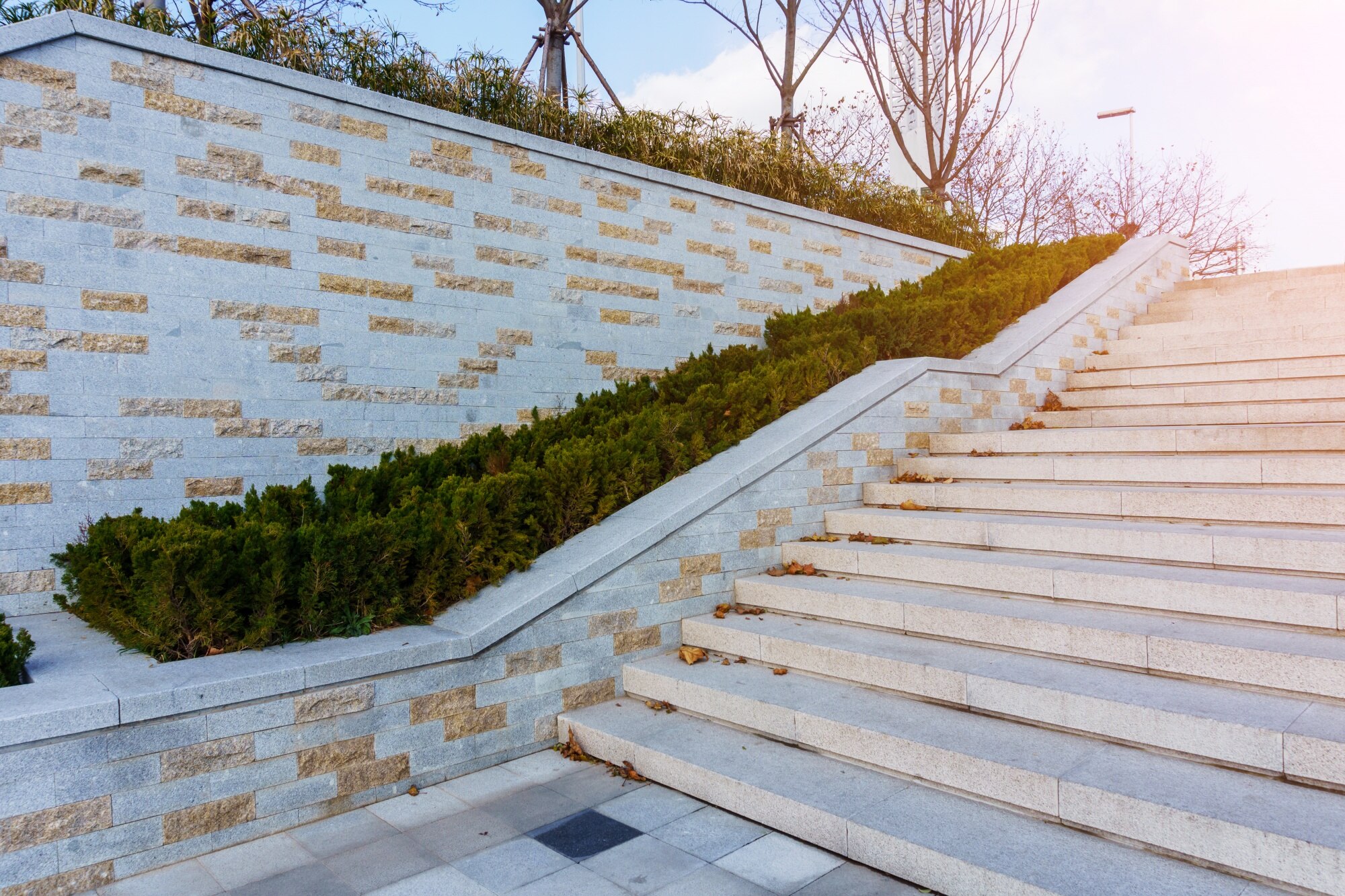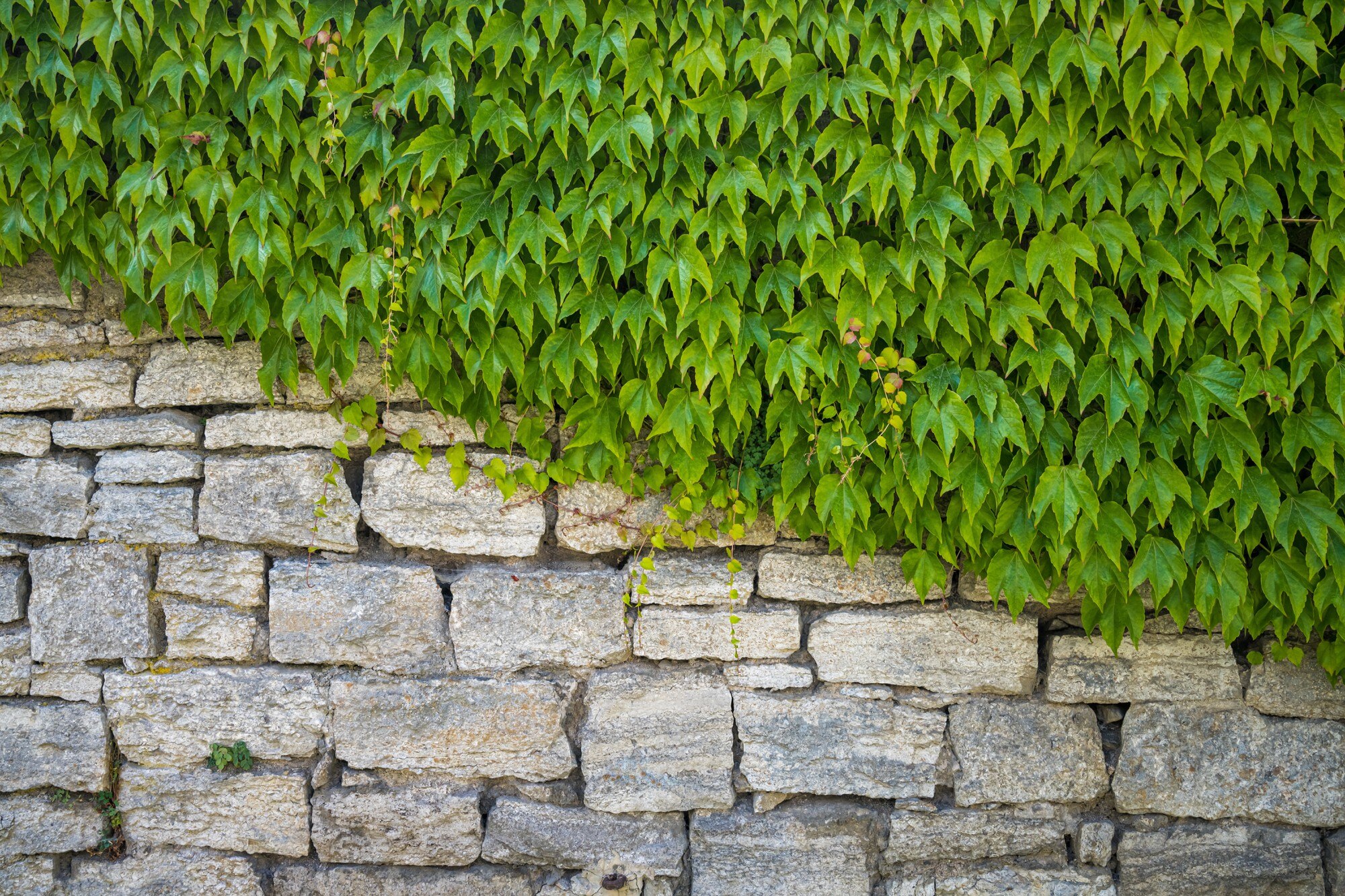Retaining walls are more than just a functional element in landscaping. They can transform your outdoor space, adding both aesthetic appeal and practicality.
Whether you’re a homeowner, a DIY enthusiast, or a professional builder, constructing a retaining wall can be a rewarding project. However, it requires careful planning and execution.
This guide aims to provide you with essential tips for building retaining walls. It covers everything from planning and design to material selection and construction techniques.
We’ll delve into the importance of retaining walls in preventing soil erosion and enhancing landscape design. We’ll also explore the different types of retaining walls, such as stone and concrete block walls.
You’ll learn about the crucial role of a solid foundation and proper drainage in ensuring the longevity of your wall. We’ll also provide a step-by-step guide on how to build a retaining wall.
Whether you’re building a small garden wall or a large-scale retaining structure, this guide will equip you with the knowledge you need. Let’s embark on this journey to create durable, functional, and aesthetically pleasing retaining walls.

Understanding Retaining Walls and Their Importance
Retaining walls are structures designed to restrain soil to unnatural slopes. They are used to bind soils between two different elevations often in areas of terrain possessing undesirable slopes or in areas where the landscape needs to be shaped severely and engineered for more specific purposes.
These walls play a crucial role in preventing soil erosion, a common issue in areas with steep slopes. By holding back soil, they prevent it from sliding away, thus maintaining the landscape’s integrity.
But retaining walls are not just about function. They also contribute significantly to the aesthetic appeal of your outdoor space. They can be designed in various styles and built with different materials, adding a unique touch to your landscape.
Here are some key roles of retaining walls:
- Preventing soil erosion
- Providing flood control
- Creating usable land
- Enhancing landscape aesthetics
- Increasing property value
Choosing the right type of retaining wall for your property depends on several factors. These include the slope of the land, the type of soil, the purpose of the wall, and your budget. We’ll delve into these aspects in the following sections.
Planning: The First Step to a Successful Retaining Wall
Before you start building a retaining wall, it’s crucial to plan. This involves understanding the purpose of the wall, the type of soil it will retain, and the overall landscape design. It’s also important to consider the local climate, as it can affect the choice of materials and the wall’s design.
The planning stage also involves calculating the proper dimensions and weight distribution for a stable wall. This includes determining the wall’s height, width, and depth. It’s also the time to consider any potential challenges, such as sloped land or frost heave in colder climates.
Lastly, planning should include understanding the local building codes and obtaining necessary permits. This ensures that your retaining wall is built to standard and avoids potential legal issues. Remember, a well-planned retaining wall is not only functional and durable but also enhances the aesthetic appeal of your property.
Choosing the Right Materials for Your Retaining Wall
The choice of materials for your retaining wall is a critical decision. It affects not only the wall’s durability and functionality but also its aesthetic appeal. There are several materials to choose from, each with its own advantages and disadvantages.
Natural stone, concrete blocks, bricks, and wood are among the most common materials used. The choice depends on factors such as cost, durability, appearance, and local climate. For instance, stone and concrete blocks are durable and resistant to weather, making them suitable for most climates.
Here are some factors to consider when choosing materials:
- Cost: Some materials are more expensive than others. Consider your budget when making a choice.
- Durability: Choose a material that can withstand the local climate and soil conditions.
- Appearance: The material should complement the overall landscape design.
- Maintenance: Some materials require more maintenance than others.
Stone Retaining Walls: Natural Aesthetics and Durability
Stone retaining walls are a popular choice for many homeowners. They offer a natural aesthetic that blends well with most landscape designs. Moreover, stone is a durable material that can withstand harsh weather conditions.
However, building a stone retaining wall can be labor-intensive. It requires skill and patience to fit the stones together. But the result is a beautiful, sturdy wall that can last for decades with minimal maintenance.
Concrete Blocks: Versatility and Ease of Installation
Concrete blocks are another excellent choice for retaining walls. They are versatile and easy to install, making them a favorite among DIY enthusiasts. Concrete blocks come in various shapes and sizes, allowing for creative wall designs.
Despite their ease of installation, concrete block walls require a solid foundation. They also need proper drainage to prevent water pressure build-up behind the wall. With these considerations in mind, a concrete block retaining wall can be a durable and attractive addition to your landscape.
Designing for Functionality and Stability
Designing a retaining wall goes beyond aesthetics. It’s about creating a structure that serves its purpose and stands the test of time. The wall must prevent soil erosion, manage water flow, and blend with the landscape.
The design should also consider the wall’s height and the slope it’s built on. These factors affect the wall’s stability and the pressure it must withstand. For taller walls or steep slopes, reinforcement may be necessary.
The shape of the wall can also enhance stability. Curved walls, for instance, are often more stable than straight ones. They distribute the pressure more evenly across the structure.
Incorporating Drainage Solutions
Proper drainage is crucial in retaining wall construction. Without it, water can build up behind the wall, increasing pressure and potentially causing the wall to fail.
A common solution is to use gravel and a perforated pipe behind the wall. This system collects and redirects water away from the wall. Another option is to install weep holes to allow water to drain out.
Regardless of the method, the goal is to prevent water build-up. This helps maintain the wall’s stability and prolongs its lifespan.
Calculating Dimensions and Weight Distribution
The dimensions of your retaining wall are critical to its stability. The wall’s height, width, and depth should be proportionate to the weight it needs to hold back.
The base of the wall should be wide enough to distribute the load evenly. This prevents the wall from tipping over. The wall’s height, on the other hand, determines the amount of soil it can effectively retain.
Weight distribution also involves the placement of the materials. For instance, larger stones or blocks should be placed at the base of the wall. This provides a solid foundation and helps balance the weight.
Building Codes and Permits: Navigating Regulatory Requirements
Building a retaining wall isn’t just about picking up a shovel and starting to dig. In many areas, you’ll need to comply with local building codes and obtain necessary permits. These regulations ensure that your wall is safe and structurally sound.
It’s crucial to understand these requirements before you start construction. Failure to comply can result in fines or even the need to dismantle your wall. Check with your local building department or hire a professional to guide you through the process.
The Foundation: Key to Retaining Wall Longevity
The foundation is the backbone of your retaining wall. It bears the weight of the wall and the soil it retains. A well-prepared foundation ensures the longevity and stability of your wall.
Start by digging a trench that’s wide and deep enough for your wall. The exact dimensions will depend on your wall’s height and the type of soil. Fill the trench with a layer of compacted gravel or crushed stone. This provides a stable base and aids in drainage.
Remember, a poorly constructed foundation can lead to wall failure. It’s worth taking the time to do this step right. If you’re unsure, consider hiring a professional. They can ensure your foundation is solid and ready to support your retaining wall.
Step-by-Step Guide to Building a Retaining Wall
Building a retaining wall is a project that requires careful planning and execution. However, with the right tools and techniques, it’s a task that can be accomplished successfully.
Start by marking out the area where your wall will be. Use stakes and string to outline the wall’s path. Then, remove any vegetation and topsoil from the area. This will ensure a stable base for your wall.
Next, dig a trench for the foundation. The depth and width will depend on the size of your wall. Fill the trench with compacted gravel or crushed stone. This will provide a solid base and aid in drainage.
Finally, start laying your wall materials. Whether you’re using stone, concrete blocks, or another material, ensure each layer is level. Use a spirit level to check as you go.
Preparing the Site and Laying the Base
Before you start building, it’s crucial to prepare the site properly. This involves clearing the area of vegetation and topsoil. These organic materials can decompose over time, leading to instability.
Once the area is clear, you can start digging your foundation trench. The trench should be wide and deep enough to accommodate your wall materials and a layer of compacted gravel or crushed stone. This base layer is crucial for drainage and stability.
Constructing the Wall: Layer by Layer
With your foundation in place, you can start building your wall. Start by laying your first layer of wall material in the trench. Check that it’s level before proceeding.
Continue building up your wall, layer by layer. Ensure each layer is level and securely placed on the one below. If you’re using interlocking concrete blocks, make sure the blocks are properly aligned.
Remember, building a retaining wall is a gradual process. Take your time to ensure each layer is secure and level. This will result in a sturdy, long-lasting wall.
Maintenance and Safety: Ensuring a Lasting Structure
A well-built retaining wall can last for many years. However, regular maintenance is key to its longevity. This includes inspecting the wall for signs of damage and making necessary repairs.
Over time, retaining walls can develop cracks or start to lean. These issues can be caused by various factors, such as ground movement or water pressure. Addressing these problems promptly can prevent further damage and ensure the wall’s stability.
Safety is another crucial aspect of retaining wall construction. From wearing appropriate safety gear to following correct construction practices, it’s important to prioritize safety at all times.
Regular Inspections and Repairs
Regular inspections are a vital part of retaining wall maintenance. Look for signs of damage, such as cracks, bulges, or leaning. These could indicate problems with the wall’s structure or drainage system.
If you notice any issues, it’s important to repair them promptly. Depending on the severity of the damage, you may be able to fix it yourself or you may need to hire a professional.
Safety Precautions During Construction
Safety should always be a priority when building a retaining wall. This includes wearing appropriate safety gear, such as gloves and safety glasses. It’s also important to use tools and equipment correctly to prevent accidents.
In addition, be mindful of the wall’s height and stability during construction. If you’re building a tall wall or working on a steep slope, consider hiring a professional to ensure the project is completed safely.
When to Consider Professional Help
Building a retaining wall can be a rewarding DIY project. However, there are situations when hiring a professional is the best course of action. This is especially true for large-scale projects, complex designs, or walls over a certain height.
Professionals have the expertise to handle these challenges. They can ensure the wall is built correctly and safely, adhering to all building codes and regulations. So, if your project seems overwhelming or beyond your skill level, don’t hesitate to seek professional help. It’s an investment in the longevity and safety of your retaining wall.
Conclusion: Building Retaining Walls with Confidence
Building a retaining wall is a significant project, but with the right planning, materials, and techniques, it’s a task you can tackle with confidence. Remember, the key to a successful retaining wall is a solid foundation, proper drainage, and the right materials for your specific needs and environment.
Whether you’re a DIY enthusiast or a professional, these tips should guide you through the process. With careful attention to detail and a commitment to quality, you can create a retaining wall that is not only functional and durable but also enhances the beauty of your landscape.









Leave a Reply
You must be logged in to post a comment.